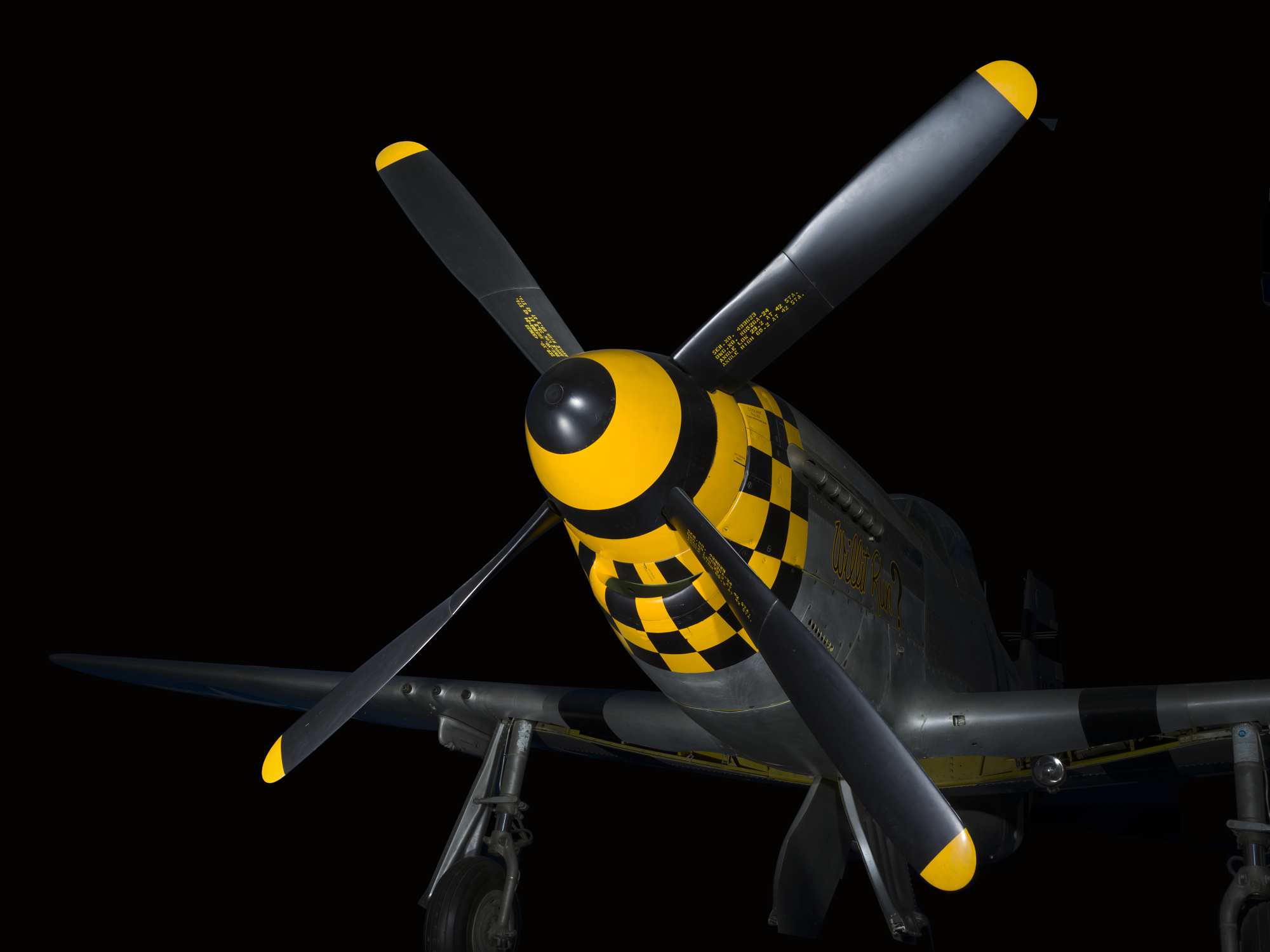

In addition, at an earlier Edge 21 exercise, air-launched sensors were used to collect and distribute real-time information. During that exercise series, officials want to propel the Joint All-Domain Command and Control concept by putting cutting-edge tech to the test in demanding conditions. The Future Vertical Lift Cross-Functional Team, a group focused on replacing legacy Army aircraft, worked with air-launched effects during the 2021 iterance of Project Convergence, a large-scale Army demonstration. “If we’re going to do some unique things, or some exquisite target or exquisite sort of EW, we’ll do it as a partnership.”Īlready, the service is tinkering. “If we’re just going to buy commercial technologies to integrate, I think aviation could probably handle all of that,” Kitz said. (Program Executive Office Intelligence, Electronic Warfare and Sensors) The Terrestrial Layer System is the Army’s next generation tactical vehicle-based system that delivers signals intelligence, electronic warfare and cyberspace operations capabilities to deny, degrade, disrupt or manipulate enemy signals. And we’re going to integrate that together. “They’re going to do sort of the vehicle piece, and we’re going to do some electronic warfare prototyping. “We have some tech maturity investments happening next year in ALE, and we’re going to share it,” Mark Kitz, Barker’s boss and the leader of Program Executive Office Intelligence, Electronic Warfare and Sensors, said at the same August event. The service is expected to spend billions of dollars in the next five years on both the future long-range assault aircraft and the future attack reconnaissance aircraft, according to fiscal 2023 budget justification documents.Ĭoordination on air-launched effects between the electronic warfare camp and aviation officials is in the early stages. The Army considers them a crucial piece of the future vertical lift effort meant to overhaul the helicopter fleet. They are meant to detect, disrupt, deceive or destroy, and can sync with a larger family of battlefield tools.

“As we operate in this environment, we have to be enabling the larger Army priorities.”Īir-launched effects are relatively low-cost drones or payloads catapulted midair by larger aircraft, either crewed or uncrewed. 30 event at Aberdeen Proving Ground, Maryland. Ed Barker, the deputy program executive officer for intelligence, electronic warfare and sensors, said during an Aug. “Ground to space, rear to deep: From a threat standpoint, we have to be prepared to operate in that entire range,” Brig.


 0 kommentar(er)
0 kommentar(er)
